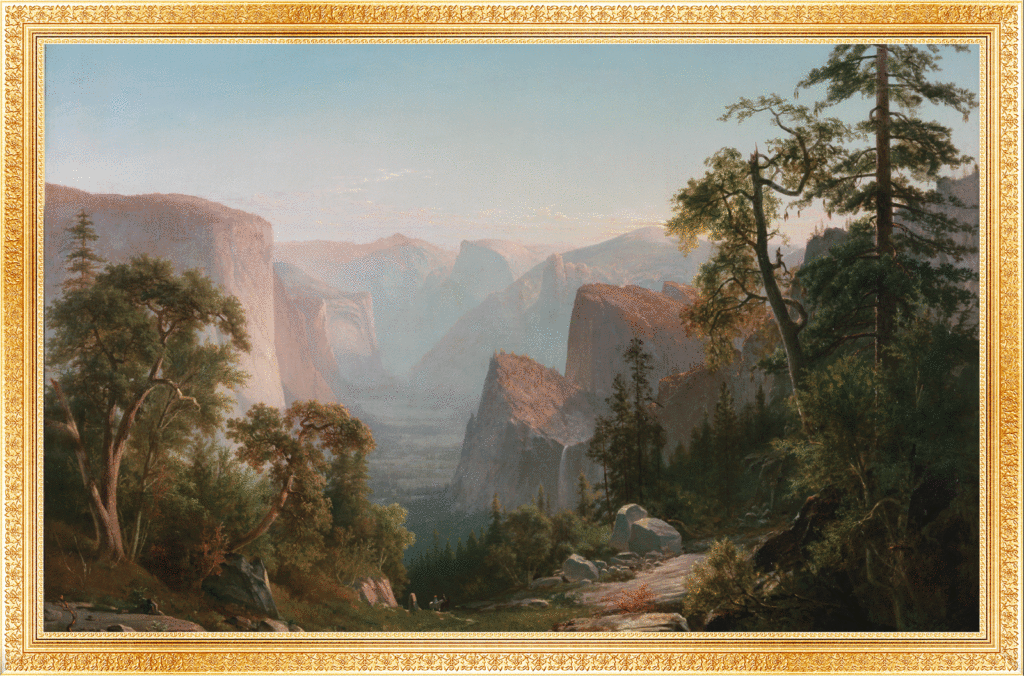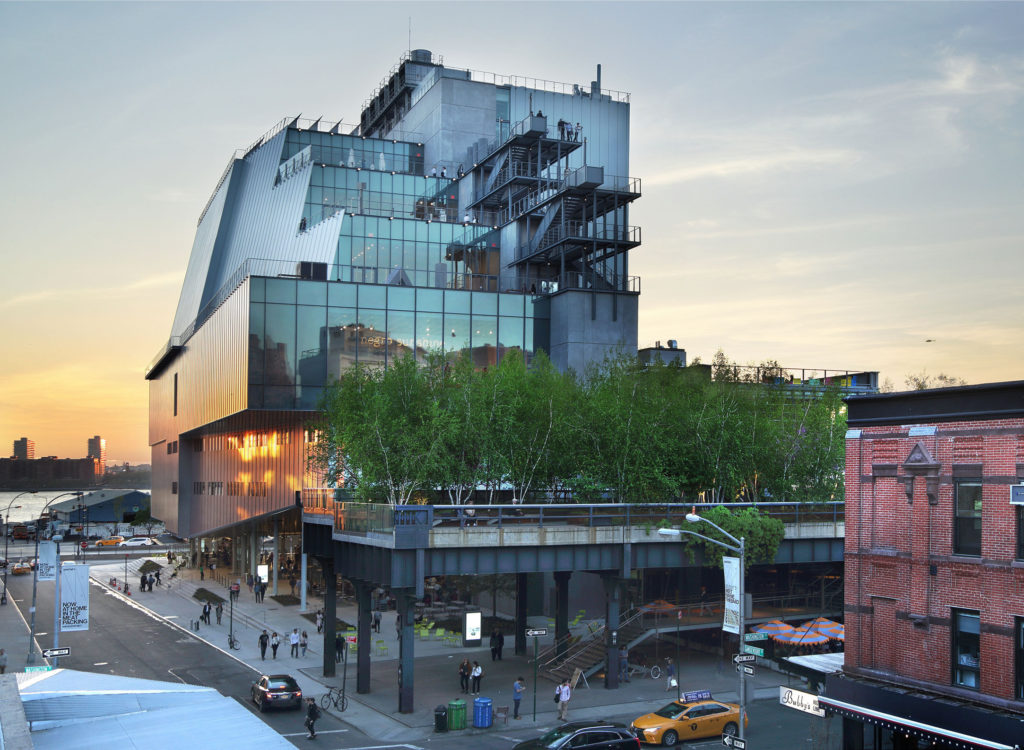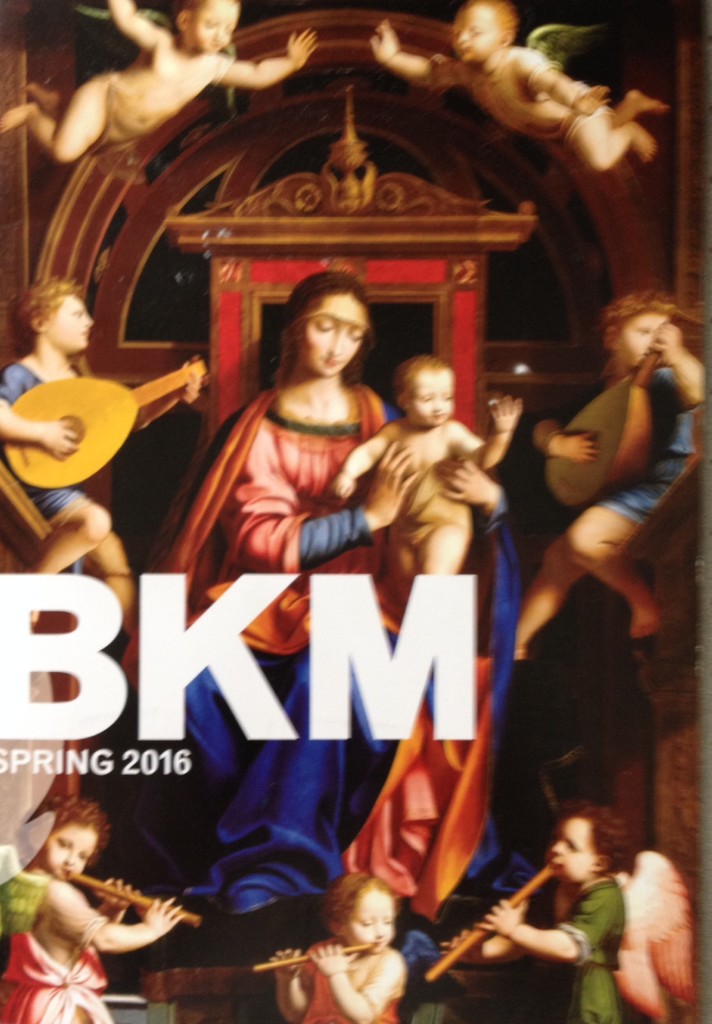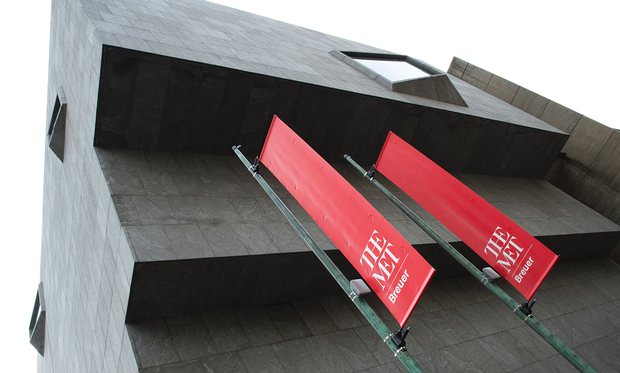Over the years, so many people have advocated for free admissions to art museums that one cannot keep track. I have almost always disagreed, with an  exception possibly being federally supported museums like the National Gallery of Art. Somebody has to pay, after all, and the same advocates of free admission often oppose donors who want their names on galleries and buildings, corporate support, retail stores at the end of exhibitions and so on.
 Admissions bring in only a small part of museum revenue, most of the time, but it can be a critical support.
Admissions bring in only a small part of museum revenue, most of the time, but it can be a critical support.
But I also believe in wide access to museums, and that is why I like what the Milwaukee Art Museum announced the other day. Starting May 15, it will offer a “Family Access membership” costing a mere $20 a year for “families who qualify for specific forms of public assistance.” According to the announcement:
Typically $85 for a family membership, the new Family Access level grants two adult admissions plus children 17-years-and-under for one year for $20. The membership also includes other benefits such as a 10% Museum Store and Café Calatrava discount, reduced parking rates, a yearly subscription to the Member Magazine and more. Families are eligible with proof of public assistance from WIC, FoodShare and BadgerCare.
A grant from Nordstrom is paying for part of the program, though the museum did not say how much of it.
Smartly, the museum is actively launch it:
The Museum will host a Family Access Membership kick-off during the Kohl’s Art Generation Family Sundays event May 15, 10 a.m.–4 p.m. Family Sundays is the perfect time for families to visit the Museum, and includes hands-on art activities, interactive performances, family tours and more. Staff will be on hand that day to help register qualifying participants for the new membership. Community partner groups have been invited to participate in the celebration.
Why is this better than free? Research has demonstrated that people value what they have to pay for; they also use what they pay for more often. $20 for so much benefit is not a stretch. I understand that people are poor, but even poor people reserve funds for leisure time.
Right now, one of the special exhibitions these family members could see is Nature and the American Vision: The Hudson River School, which includes Thomas Hill’s View of the Yosemite Valley, shown above. What a great match–showing the country’s beauty.
The announcement said that this family membership program is “based on a number of successful national models,” but I know of no others. If you do, please leave a comment below. I’d like to learn how such programs are doing.
Photo Credit: Courtesy of the New-York Historical Society via the Milwaukee Art Museum










